Patrick Jacobs0521642507, 9780521642507
Table of contents :
Cover……Page 1
Half-title……Page 3
Title……Page 5
Copyright……Page 6
Dedication……Page 7
Contents……Page 9
Preface……Page 13
Sets and groups……Page 15
Brackets……Page 17
Symmetry operators and their matrix representatives……Page 18
Abbreviations……Page 20
Cross-references……Page 21
1.1 Definitions……Page 23
1.2 Conjugate elements and classes……Page 27
1.3 Subgroups and cosets……Page 28
1.4 The factor group……Page 30
1.5.1 The direct product……Page 34
1.5.2 Mappings and homomorphisms……Page 35
1.5.3 More about subgroups and classes……Page 36
1.6 Product groups……Page 37
1.7 Mappings, homomorphisms, and extensions……Page 39
1.8 More about subgroups and classes……Page 40
Problems……Page 44
2.1 Definitions……Page 45
2.2 The multiplication table – an example……Page 54
2.3 The symmetry point groups……Page 58
2.3.1 First method……Page 61
2.3.2 Second method……Page 64
2.4 Identification of molecular point groups……Page 70
Problems……Page 72
3.1 Linear vector spaces……Page 75
3.2 Matrix representatives of operators……Page 77
3.3 Mappings……Page 82
3.5 Transformation of functions……Page 84
3.6 Some quantum mechanical considerations……Page 89
Problems……Page 90
4.1 Matrix representations……Page 92
4.2 Irreducible representations……Page 94
4.3 The orthogonality theorem……Page 95
4.4.1 Properties of the characters……Page 96
4.5 Character tables……Page 102
4.6 Axial vectors……Page 104
4.7 Cyclic groups……Page 108
4.8 Induced representations……Page 110
4.8.1 Character system of an induced representation……Page 114
4.8.2 Frobenius reciprocity theorem……Page 115
Problems……Page 117
5.1 Basis functions……Page 118
5.2 Construction of basis functions……Page 119
5.3 Direct product representations……Page 121
5.3.1 Symmetric and antisymmetric direct products……Page 122
5.4.1 Dirac notation……Page 123
5.4.3 Invariance of matrix elements under symmetry operations……Page 124
5.4.4 Transition probabilities……Page 126
Problems……Page 127
6.1 Hybridization……Page 128
6.2 PiElectron systems……Page 131
Normalization……Page 134
6.2.1 Energy of the MOs……Page 135
6.3 Equivalent bond orbitals……Page 136
6.4 Transition metal complexes……Page 139
Reduction of the representations……Page 144
Sigma; bondingh……Page 145
pi; bonding……Page 148
7.1 Electron spin……Page 153
7.2 Spherical symmetry……Page 154
7.3 Intermediate crystal field……Page 156
7.3.1 Improper rotations……Page 158
7.4 Strong crystal fields……Page 161
Problems……Page 168
8.1 Spin–orbit coupling and double groups……Page 170
Answers to Exercises 8.1……Page 173
8.2 Weak crystal fields……Page 174
Problems……Page 176
9.1 Classification of normal modes……Page 178
9.2 Allowed transitions……Page 180
9.2.2 Overtones and combination bands……Page 182
9.3 Inelastic Raman scattering……Page 183
9.4 Determination of the normal modes……Page 184
Problems……Page 190
10.1 Selection rules……Page 193
10.2 Vibronic coupling……Page 195
10.3 Charge transfer……Page 200
Problems……Page 203
11.1 Rotations in………Page 204
11.2 The infinitesimal generator for SO(2)……Page 205
11.3 Rotations in………Page 206
11.4 The commutation relations……Page 209
11.5 The irreducible representations of SO(3)……Page 214
11.6 The special unitary group SU(2)……Page 222
11.7 Euler parameterization of a rotation……Page 227
11.8 The homomorphism of SU(2) and SO(3)……Page 230
Problems……Page 238
12.1 Complex numbers……Page 240
12.2 Quaternions……Page 242
12.3 Geometry of rotations……Page 244
12.4 The theory of turns……Page 247
12.5 The algebra of turns……Page 250
12.6 Projective representations……Page 254
12.6.1 Inverse and conjugate in the quaternion parameterization……Page 258
12.6.2 The characters……Page 259
12.6.3 Direct product representations……Page 260
12.7 Improper groups……Page 262
12.7.1 Factor system for O(3)……Page 263
12.8 The irreducible representations……Page 265
Problems……Page 272
13.1 Time evolution……Page 274
13.2 Time reversal with neglect of electron spin……Page 275
13.3 Time reversal with spin–orbit coupling……Page 276
13.3.1 Determination of the time-reversal operator……Page 277
13.4 Co-representations……Page 279
Problems……Page 286
14.1 Crystallographic magnetic point groups……Page 287
14.2 Co-representations of magnetic point groups……Page 289
14.3 Clebsch–Gordan coefficients……Page 299
14.4 Crystal-field theory for magnetic crystals……Page 302
Problems……Page 303
15.1 Tensors……Page 304
15.2 Crystal symmetry: the direct method……Page 308
15.3 Group theory and physical properties of crystals……Page 310
15.4 Applications……Page 315
15.4.1 Thermoelectric effects……Page 319
15.4.2 Galvanomagnetic and thermomagnetic effects……Page 321
15.5.1 Ferromagnetism……Page 325
15.5.2 Magnetoelectric polarizability……Page 326
Problems……Page 327
16.1 Translational symmetry……Page 329
16.2 The space group of a crystal……Page 336
16.3 Reciprocal lattice and Brillouin zones……Page 346
16.4 Space-group representations……Page 353
16.4.1 Representations of the little group……Page 356
16.5 The covering group……Page 358
16.6 The irreducible representations of G……Page 359
Special cases……Page 361
16.7 Herring method for non-symmorphic space groups……Page 366
16.8 Spinor representations of space groups……Page 373
Problems……Page 377
17.1 Translational symmetry……Page 379
17.3 Translational symmetry in the reciprocal lattice representation……Page 380
17.4 Point group symmetry……Page 381
17.5 Energy bands in the free-electron approximation: symmorphic space groups……Page 387
17.6 Free-electron states for crystals with non-symmorphic space groups……Page 400
17.7 Spinor representations……Page 405
17.8 Transitions between electronic states……Page 406
17.8.1 Double cosets……Page 407
17.8.2 Transition probabilities……Page 410
Problems……Page 412
18.1 Equations of motion……Page 413
18.2 Space-group symmetry……Page 416
18.2.1 Periodic boundary conditions……Page 418
18.3 Symmetry of the dynamical matrix……Page 420
18.4 Symmetry coordinates……Page 423
18.5 Time-reversal symmetry……Page 426
18.6 An example: silicon……Page 428
18.6.1 Vibrational modes at………Page 430
18.6.2 Vibrational modes at X [0 1/2 0]……Page 432
Problems……Page 434
A1.1.1 Product of determinants……Page 435
A1.1.2 Properties of determinants……Page 436
A1.2.1 Rules of matrix algebra……Page 437
A1.3 Eigenvalues and eigenvectors; diagonalization……Page 441
A1.4 Matrix representations……Page 446
A1.5 Schur’s lemma and the orthogonality theorem……Page 447
A1.6 Orthogonality theorem for equivalent irreducible representations……Page 452
A1.7 Direct product matrices……Page 454
A2.1 The Dirac character……Page 456
A2.2 Properties of the Dirac characters (class sums)……Page 457
A2.3 The class algebra as a vector space……Page 461
A2.4 Diagonalization of the Dirac characters……Page 462
A3 Character tables for point groups……Page 469
A3.1 he proper cyclic groups Cn……Page 472
A3.2 The improper cyclic groups Ci, Cs, Sn……Page 474
A3.3 The dihedral groups Dn……Page 475
A3.4 The Cnh groups……Page 477
A3.5 The Cnv groups……Page 479
A3.6 The Dnh groups……Page 481
A3.7 The Dnd groups……Page 483
A3.8 The cubic groups T, Th, Td, O, Oh……Page 485
A3.9 The icosahedral groups Y, Yh……Page 487
A4 Correlation tables……Page 489
References……Page 498
Index……Page 503
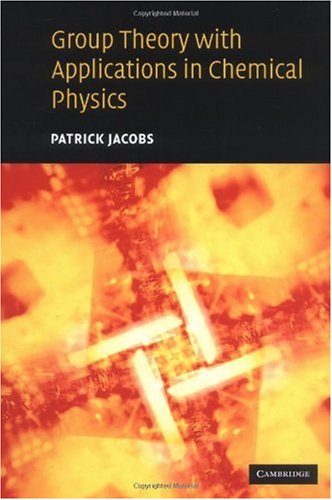
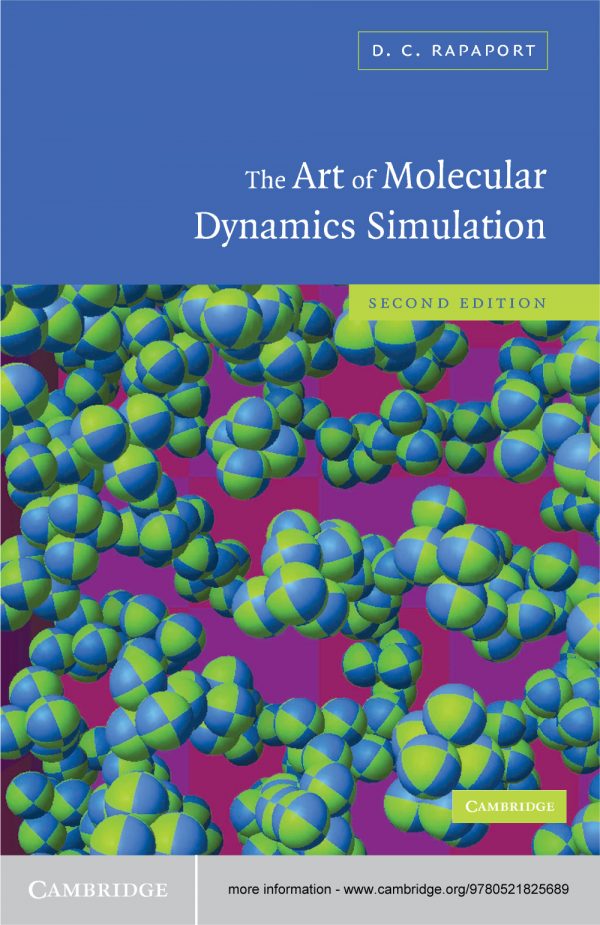
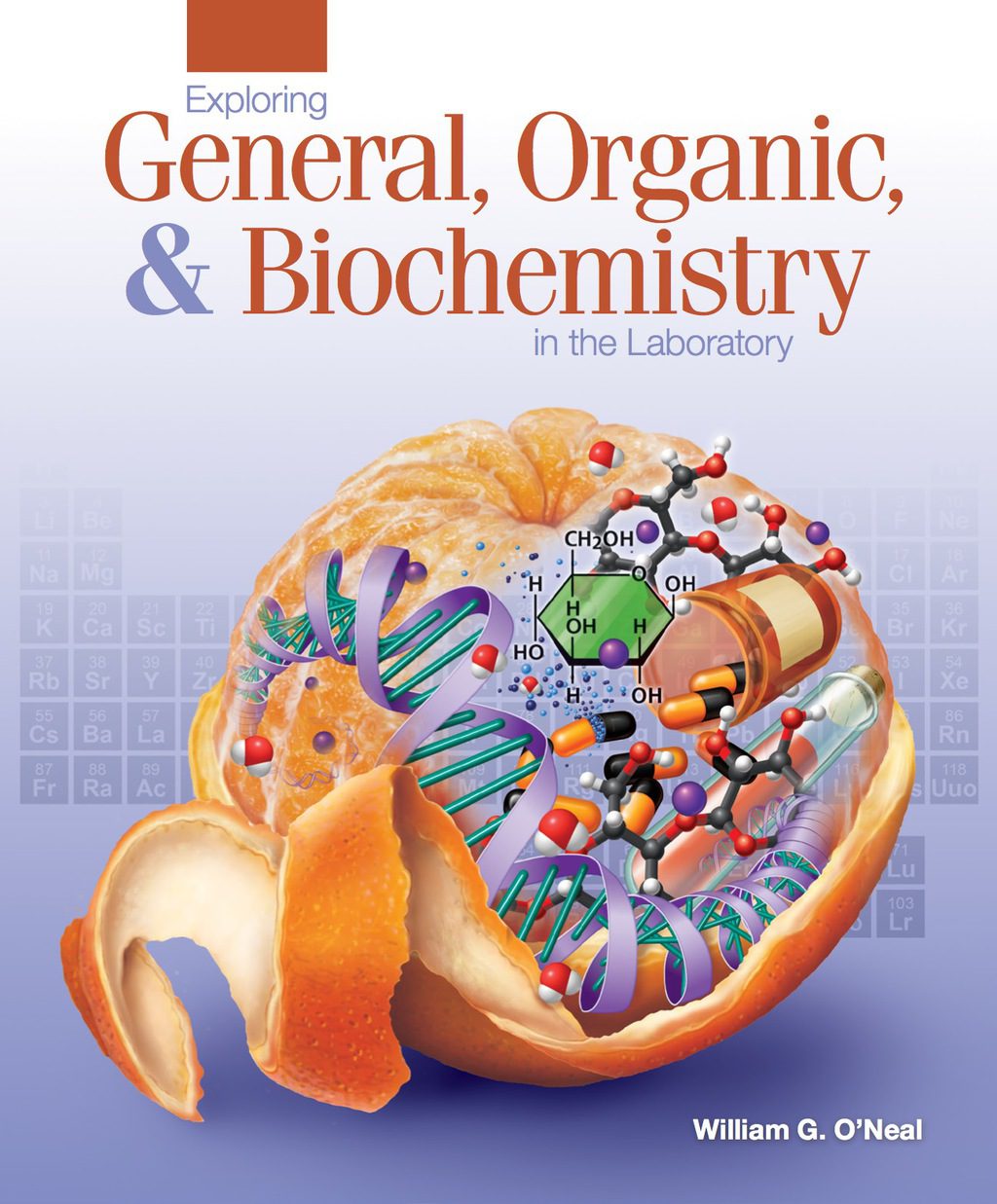
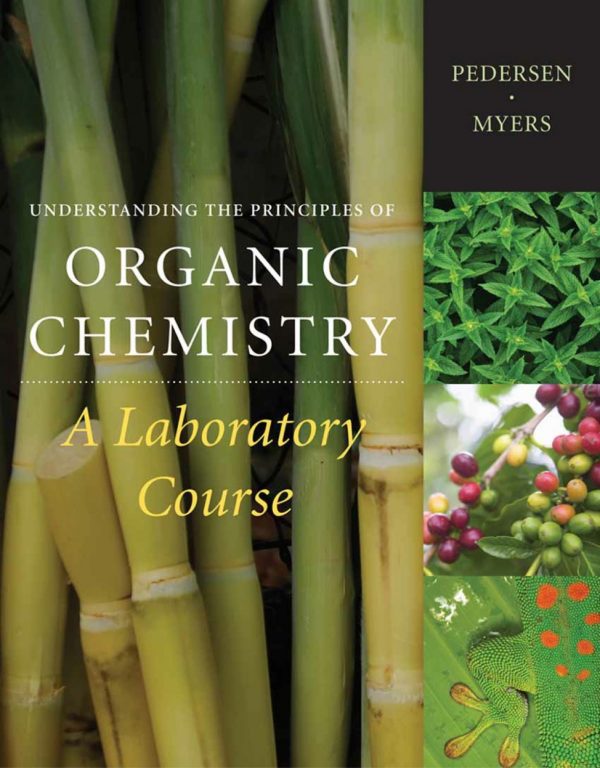
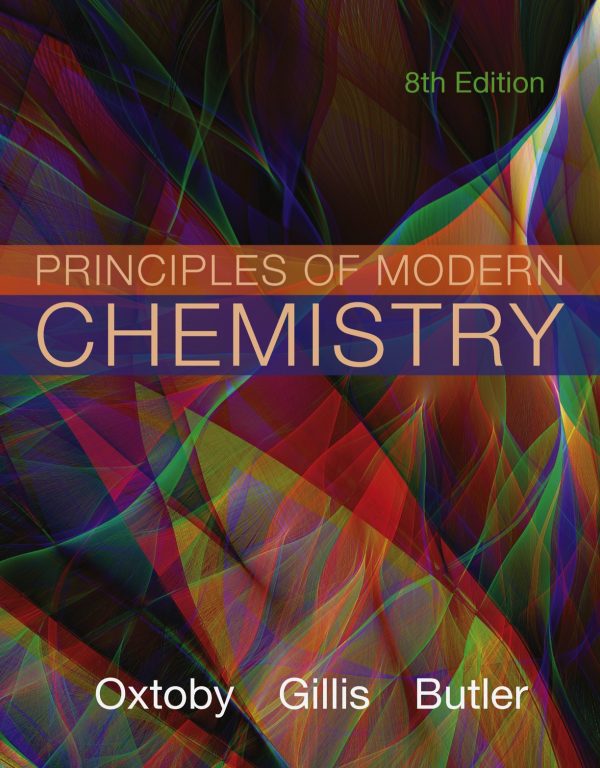


Reviews
There are no reviews yet.